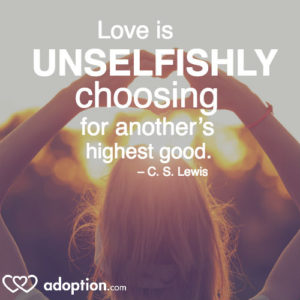November 11, 2019
Supporting Your Child’s Identity
There are many types of support you can offer to shape your child’s life positively and responsibly. In addition to providing loving and gentle guidance, it’s also your responsibility to set boundaries and provide a structure that will lead into adulthood. This requires being able to distinguish between your child’s behavior and how it provides critical clues about their development and identity.
The Family Acceptance Project released a study that shows the effects and recourse familial rejection can have on a child as they are discovering their own identity, including LGBTQ and transgender youth. Some of these negative consequences include, but are not limited to:
- Risky behavior that puts a young adult’s health at risk
- Development of depression, anxiety, or other mental health issues
- In worst-case scenarios, rejection can lead to homelessness or suicide
Family support creates a safe space for children who are being bullied or are suffering from alienation in a school or social setting. Offering support to a child struggling to identify and express themselves has an immeasurable impact, including helping them build their confidence and self-esteem. It unquestionably enhances and elevates their physical and mental health.
There are many ways to support your child as they navigate intense feelings and questions regarding gender and sexual identity. There is a vast amount of information available for families on this exact path. Gender Spectrum does an excellent job of diving into the deep emotions that arise throughout this process. The Human Rights Campaign is also an incredible resource, helping families achieve “safety, permanency, and well-being” by improving their interactions, understanding, and reactions.
It is essential to educate yourself on what your child may be going through. When you do, you’re able to approach them from a place of compassion and initiate a conversation that demonstrates you are aware of their confused and challenging feelings. An excellent way to start opening this door for your child is discussing their preferred pronouns, names, or other identifying language. Be your child’s advocate. Understand the challenges and obstacles that LGBTQ and transgender youth face daily in their lives, and if this is your child or a child you love, help them build a path that will make them happy, healthy, and successful.
Image via ACLU.org



